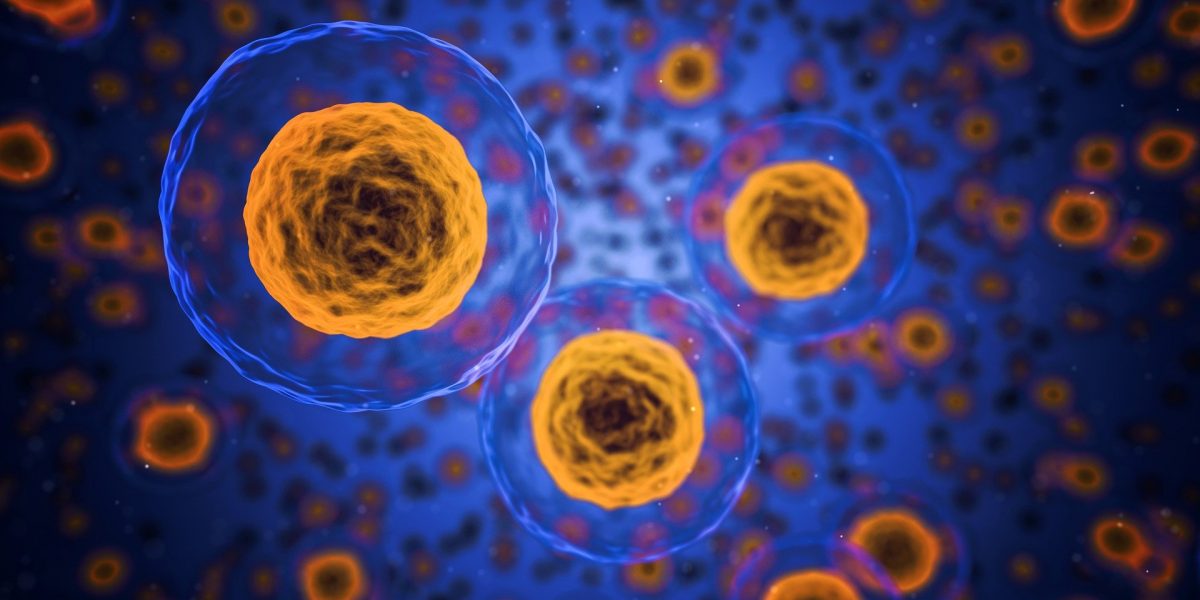Review on The Effectiveness Of NAC, Glutathione, And Nattokinase Against Sars-Cov-2 for prevention and treatment of Long Covid
As we saw in my previous article on Dr. Zach Bush MD’s perspective, even though viruses generally carry information between different elements of the ecosystem, it is possible for the replication of a virus to get out of control.
The Sars-cov-2 mechanisms that create the long covid, as well as the side effects following vaccinations, seem to stem from an inflammatory cascade linked to the spike protein. This protein cascade is created by the replication of the virus and seems to also be created by the RNA messengers so that the cells become carriers of this inflammatory protein. Inflammation seems to be systemic or to be insinuated in specific places like the heart or the brain.
In addition to a classic protocol such as those indicated by the Canadian Alliance for Covid Care, studies have shown the effectiveness of three natural supplements to reverse the long Covid and prevent C19.
These are NAC (N-Acetyl-cysteine), Glutathione and the enzyme nattokynase.
You can find the protocols on the following site
(https://www.canadiancovidcarealliance.org/).
Keep reading to learn more about these antiviral strategies
SARS-CoV-2 Binding with Human Cellular Receptor
Our bodies have evolved different barriers and defense strategies, making it nearly impossible for foreign particles to enter cells. In this evolution arm race, microorganisms, on the other hand, have also devised various strategies to bypass these checks and defense mechanisms.
The viral spike protein (S protein) is said to be the one that usually interacts with and manipulates the host’s cellular receptor to enter and propagate within the cells. The human host receptor, in this case, is angiotensin-converting enzyme 2 (ACE2).
Viral cell entry and infection begin with the binding of SARS-CoV-2 spike protein to its cellular receptor ACE2. You can think of this viral protein as the “key” that fits in the “lock”-the receptor on the cell surface, leading to conformational changes in the cell membrane.
Disrupting Spike Protein Interaction with ACE2
Researchers are looking into ways to disturb these bipartite interactions to restrict the COVID-19 infection. In recent studies, reducing agents and bacterial kinases effectively inhibit SARS-CoV-2 infection by degrading S protein.
NattoKinase Degradation of S Protein
Takashi Tanikawa and his colleagues found that traditional Japanese food, Natto, reduced COVID-19 infection in one such study. Basically, it is soybean fermented with a bacterium known as Bacillus subtilis var. natto.
Natto contains an enzyme known as nattokinase. It is a powerful anticoagulant. Because of its blood-clotting properties, this safe enzyme has been used in various thrombolytic studies.
In addition, recent studies have shown that NATTO extracts inhibit the infection of bovine herpesvirus 1 (BHV-1).
Researchers have demonstrated that nattokinase, a serine protease, can degrade SARS-CoV-2 S protein. The degradation of S proteins by this enzyme is thought to inhibit the entry of SARS-CoV-2 into host cells.
Disruption of Disulphide Bridge
In another similar study, scientists investigated the receptor binding domain (RBD )of viral spike protein and its role in cell entry. RBD conformational dynamics are crucial for binding to the ACE2 receptor.
A disulfide bridge that forms between cysteine (Cys) residues contributes to the stability of the structure of RBD. These bridges are essential for conformational flexibility and mediating virus-cell membrane fusion.
Moreover, the disulfide bridge between Cys residues 480 and 488 in RBD facilitates binding with the ACE2 receptor by maintaining the right orientation and conformation. So, if you can disrupt this linkage at Cys-488, you can block the viral entry.
Scientists have used thiol (-SH) reactive agents like N-acetylcysteine (NAC) and Glutathione (GSH) to suppress the ACE2-binding ability of several RBDs of different SARC-CoV-2 variants.
N-acetyl cysteine (NAC) is a derivative of the L-cysteine amino acid. Many FDA-approved drugs have NAC in their formulation. It is an antioxidant that benefits a wide range of health conditions, including cancer treatment and liver detoxification. As a thiol-reducing agent, NAC has been used in several studies to investigate gene expression, signaling pathways, and treating lung’s disease.
Similar to NAC, Glutathione act as a potent antioxidant. It has three amino acids: cysteine, glycine, and glutamate. GSH is normally found in every human cell, but the liver has the highest concentration. Further, It plays an important role in detoxification.
Both these thiol-reducing agents inhibit oxidation, thus preventing the disulfide bridge formation at Cys-488.
Such studies can open up new antiviral therapies to treat COVID-19 disease treatment, both for prevention and to treat long-term covid as well as side effects from the cells production of spike protein as a results of injectable mRNA code.

Janeck Olczyk,
Ostéopathe – Santé Holistique
Osteopath – Holistic Health
OptimumOsteo Montréal

